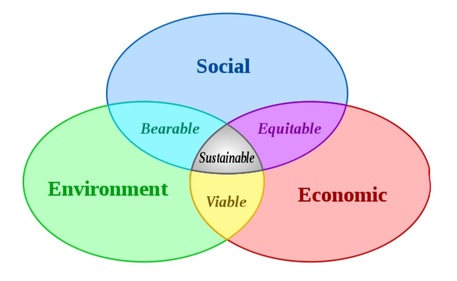Menu
|
Five questions, no answers
|

Just because, I’m going off the rails this week with an off-the-wall offering of off-the-cuff off-servations. Be not off-ended.
Question one: What’s with these guys wearing too-small suits? Is there an under-reported shortage of worsted wool? New Zealand’s holding out for a better deal on its best-known export? Are the tight-suit wearers trying to look like they’ve recently gained weight? Gotten taller? Do they want to show off their socks and shirt cuffs? I’m just glad I wear a suit about twice a decade. At least if I put on some weight it might make me look a little more fashionable, so there’s a silver lining, at least. In a November 17, 2015, post on his Notes from the Fashion Apocalypse blog, Simon Noonan writes that loose-fitting garb has long been associated with the upper class. In fact, Sumptuary laws of the Renaissance made it a crime for peasants to dress above their station by using more fabric/fur/hide/whatever than they needed. You were born in sackcloth, you died in sackcloth. Noonan credits the too-tight-suit trend to a desire by the wearer to show off their fitness. This allows them to send a double message: “I’m rich, and I’m healthy.” Noonan makes a case for bringing back Sumptuary laws, if only to make it easier for people to decide what to wear. Cool with me, so long as they don’t outlaw the middle-school gym teacher look I’ve relied on for the past 30 years. Question two: Why don’t we educate our children the way they do in Finland? My friend Don Scroggins shared a link to a March 26, 2016, article by William Doyle in the Sydney Morning Herald that describes the Finnish approach to teaching young children. The overarching philosophy is that “the work of children is play,” and “children learn best through play.” Also, kids get a 15-minute outdoor break every hour, and much of the “learning” occurs outdoors, with little or no direct supervision by adults. That’s in every kind of weather: as a Finnish maxim states, “There’s no bad weather. Only inadequate clothing.” A key difference between the approaches to education in Finland and the U.S. is that teachers in the former are treated as professionals. Personal, one-to-one instruction is emphasized, and standardized tests are rarely used. The overriding attitude in the classroom (and outside it) is one of play and enjoyment. The result? According to Doyle, Finland produces “the highest global test scores in the Western world, as well as a trophy case full of other recent No. 1 global rankings, including most literate nation.” |
|

